7 Tips to Train Your Dog to Overcome Separation Anxiety
Advertisement
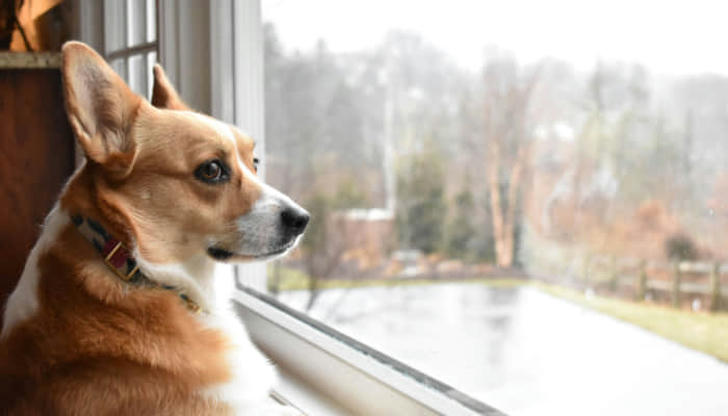
Does your dog become anxious when you leave home? Do they bark excessively or chew things up? Neighbors complaining about the noise? If so, your furry friend may be suffering from separation anxiety—a common issue among dogs that affects their well-being and your daily life together.
Dealing with separation anxiety is crucial for your dog's happiness and your peace of mind. Dogs with this problem can get really stressed out and may start doing things like destroying furniture or howling non-stop.
Here we've gathered advice from veterinarians and compiled 7 easy & effective tips to help calm your dog's separation anxiety. Keep reading to learn how to make your furry friend feel more relaxed and happy when you're not around.
Understanding Separation Anxiety
Separation anxiety in dogs is when they feel extreme distress when left alone. Common symptoms include excessive barking, destructive behavior, and attempts to escape. This condition isn't just about missing their owner; it's a deep fear of being alone.
Some Causes and Contributing Factors
Several factors can contribute to separation anxiety in dogs:
• Genetic Predisposition: Some dogs may be more prone to separation anxiety due to their genetics.
• Environmental Influences: Factors such as a move to a new home or a change in household routine can trigger anxiety in dogs.
• Lack of Socialization: Dogs that haven't been properly socialized or have had limited exposure to being alone can develop anxiety.
• Changes in Routine or Environment: Any significant change, like a new family member or schedule, can unsettle a dog and lead to anxiety.
Preparing for Training Getting ready to help your dog with separation anxiety involves a few important steps.
Firstly, assessing how anxious they get when you leave, setting realistic goals, and creating a safe, comfortable space are key. Having the right tools and equipment on hand will make the training process smoother and more effective. These steps lay a solid foundation for helping your dog feel more secure when you're apart.
7 Training Techniques
Desensitization and Counterconditioning
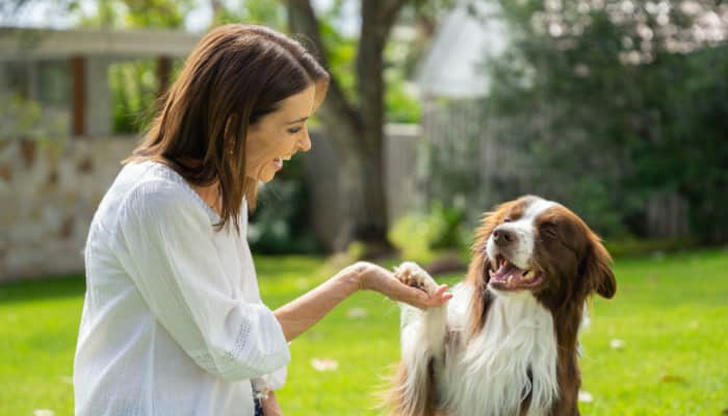
Desensitization involves gradually exposing your dog to being alone in small, manageable steps. This helps reduce their fear over time. Start by leaving for short periods and gradually increase the duration as your dog becomes more comfortable. Counterconditioning pairs being alone with positive experiences, like treats or toys, to change their emotional response.
Crate Training
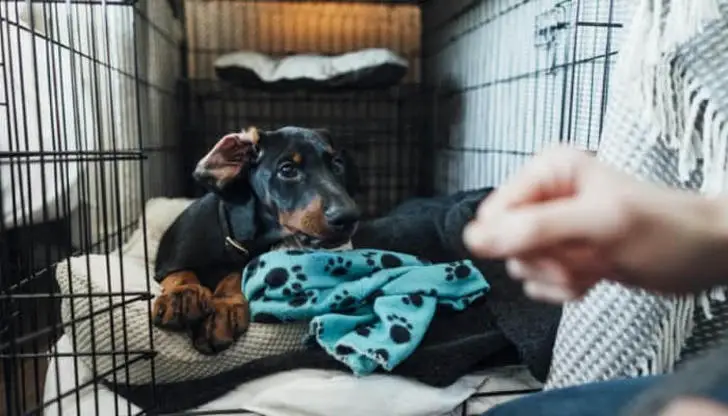
Crate training provides a safe haven for dogs with separation anxiety. Introduce the crate positively, using treats and praise to create a pleasant association. Begin with short sessions inside the crate and gradually increase the time. Ensure the crate is cozy with soft bedding and toys to make it inviting.
Positive Reinforcement
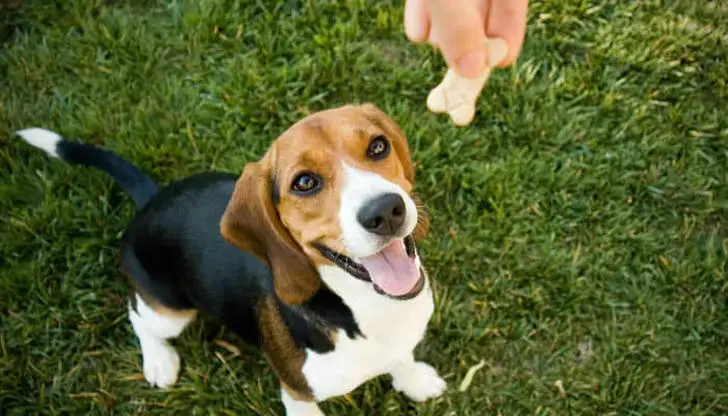
Rewarding calm behavior with treats, toys, or verbal praise reinforces your dog's relaxed state. Consistency is key—reward them immediately after they exhibit calm behavior. Avoid reinforcing anxious behaviors like barking or whining. Examples include giving treats when they settle quietly or playing with them when they're calm.
Establishing a Routine
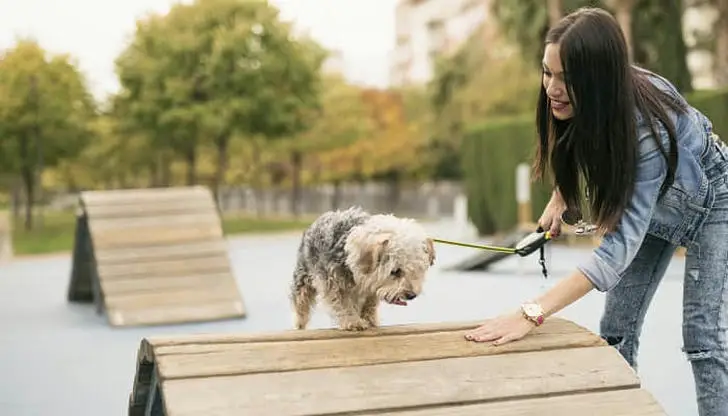
A consistent daily routine is crucial for dogs with separation anxiety, providing stability and predictability. This routine should include regular exercise, feeding times, and dedicated play sessions. Having predictable departure and return routines helps reduce anxiety triggers, signaling to your dog that separations are temporary and manageable.
Interactive Toys and Puzzles
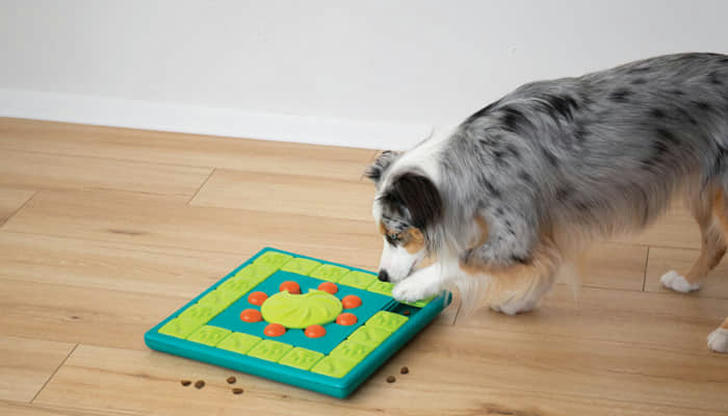
Interactive toys and puzzles are excellent tools for keeping your dog mentally stimulated and occupied during your absence. They distract your dog from feelings of loneliness and help channel their energy into constructive play. Consider toys that dispense treats or require problem-solving skills. DIY puzzle ideas can also be cost-effective and engaging, while rotating toys keep them novel and exciting.
Gradual Departures and Returns
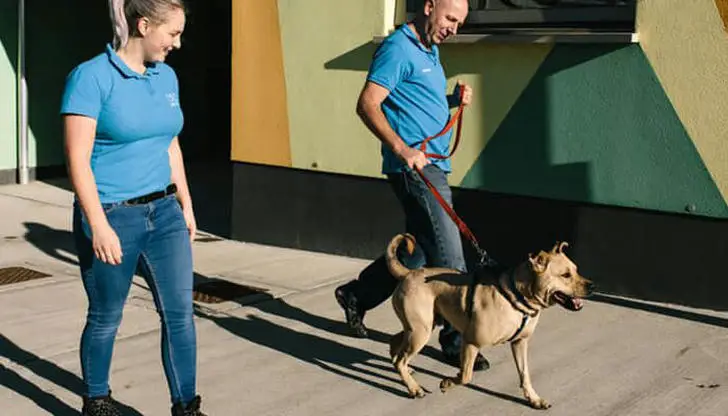
Practice short departures and returns to desensitize your dog to your absence. Start with brief separations and gradually increase the duration over time. Reduce the emotional intensity of departures by staying calm and avoiding prolonged goodbyes. Track your dog's progress and adjust your training approach as needed to build their confidence and tolerance for longer absences.
Professional Help and Support
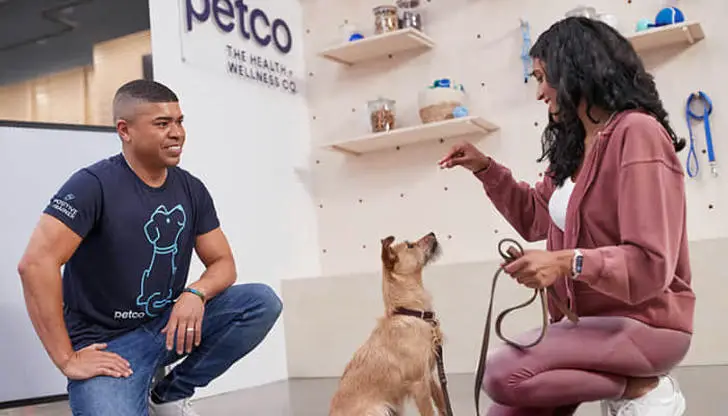
Seeking help from a professional dog trainer or behaviorist can provide invaluable guidance and support for managing separation anxiety. They can offer tailored strategies and techniques based on your dog's specific needs. Choose a professional with experience in behavior modification and positive reinforcement methods. Utilize resources and support groups for additional assistance and advice from fellow dog owners facing similar challenges.
Tips for Success
Alright, so you're tackling your dog's separation anxiety—here's how to make sure you're on the right track:
• Patience and Consistency in Training: Like any good thing, it takes time. Stay patient and stick to your training routines.
• Recognizing and Celebrating Small Victories: Every calm moment counts! Celebrate those wins, no matter how small—they're signs of progress.
• Adjusting Techniques to Suit Your Dog’s Needs: Your dog is unique. Be flexible and adapt your methods to what works best for them.
• Maintaining a Positive and Calm Demeanor: Dogs pick up on your vibes. Stay positive and calm during training—it helps them feel secure.
Conclusion
In summary, addressing separation anxiety is crucial for your dog's happiness and your peace of mind. By implementing these techniques, you'll be well on your way to helping your dog feel more relaxed and content when you're not around. Remember, every step forward counts. Stay patient, celebrate progress, and enjoy the journey to a happier, less anxious pup.
